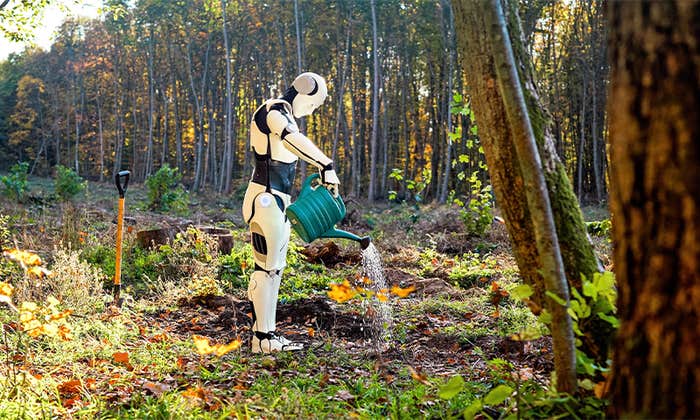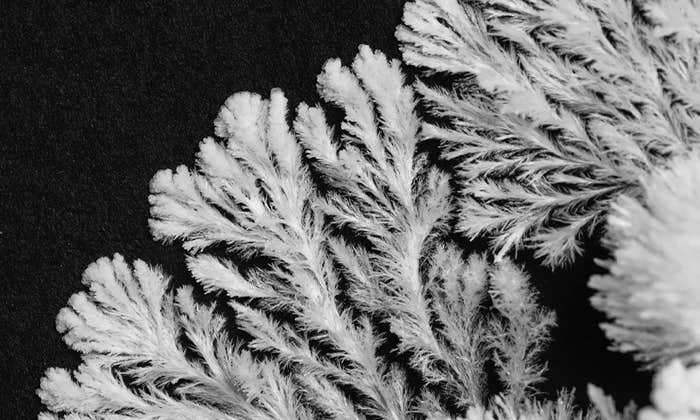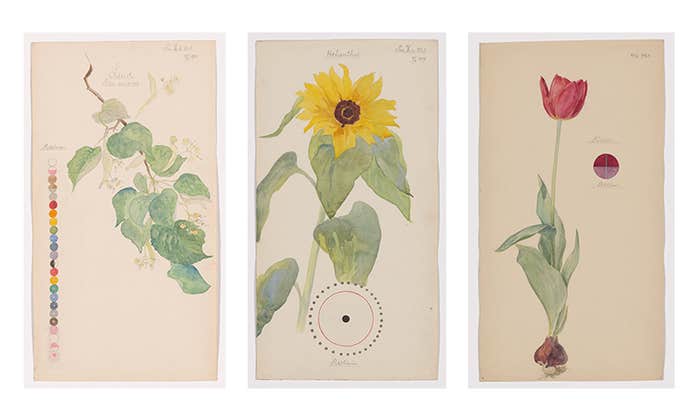Many of us hit the beach to enjoy some sunshine or catch a wave. But for Dutch artist Theo Jansen it’s all about the wind. Jansen’s been working with this limitless natural resource for 30 years to create a fabulous array of giant beach creatures—brought to life by the wind. With every gust, his wondrous seaside sculptures become more lifelike, ambling along the coast like creatures in their own right.
They come in the most imaginative shapes and rely on intricate engineering. Some have sail-like wings and seem to dance across the sands, others scuttle along like enormous centipedes. One of them can even fly. Made of PVC pipes, their skeletal white forms and spiky silhouettes are like relics of a bygone geological era. Yet, watching these beasts make their way across the beach it somehow feels as if they belong here.
Jansen started designing them in the 1990s after reading about rising sea levels threatening the low-lying Netherlands—a country famous for the fact that one third of it is below sea level. He had a dream of creating a herd of wind-powered coastal sentinels, perpetually piling sand high onto the dunes to keep the water at bay.
What he ended up building took a different turn, with Jansen developing the idea to explore evolution as the primary creative force behind all life on Earth, capturing people’s imaginations in the process.
Every year, the artist lets new and ever-more complex “species” loose to see how they weather the challenges of their surroundings. His aim? For these creatures to be completely self-sufficient, continuing to exist without any human support. “My inspiration comes from the theory of evolution, the beach, nature, and life itself. The fact that we came into being out of nothing is a constant source of wonder to me,” Jansen says.
These amazing kinetic sculptures are now regularly on show in exhibitions the world over, and people flock to see them—because as beautiful as they are to look at, they also reveal what we are capable of when we work together with the wind.
To learn more about Theo Jansen’s Strandbeests, visit the Strandbeest website, where Jansen details the principles behind his creations and how he builds them.
Anne-Marie Hoeve is a senior journalist at 5 Media, based in Amsterdam.
Reprinted with permission from 5 Media.


























